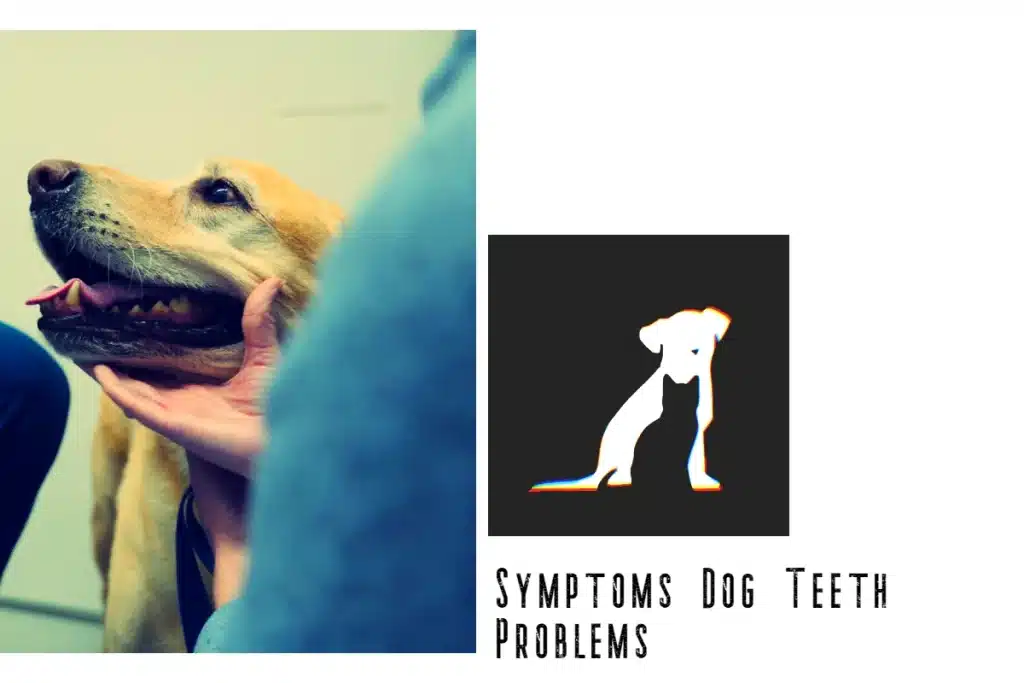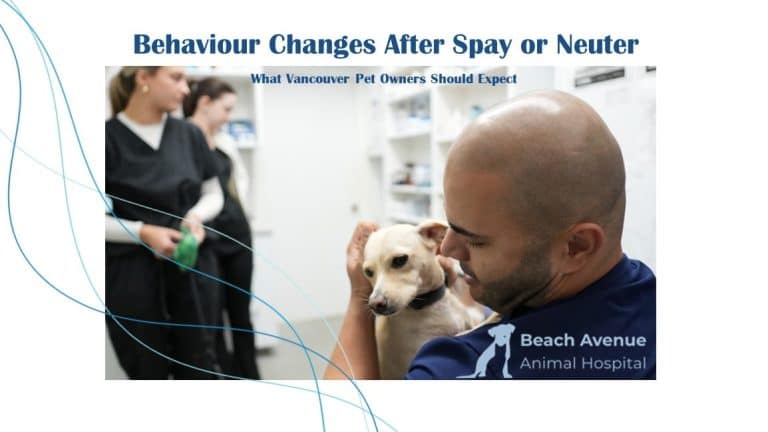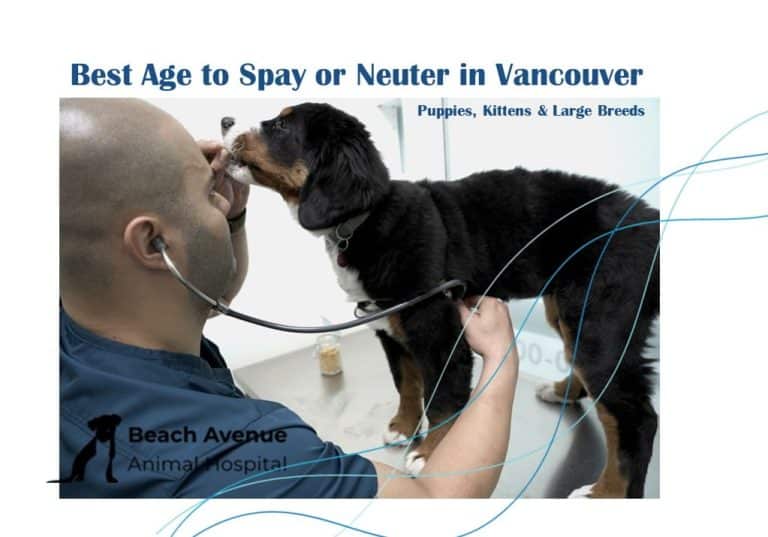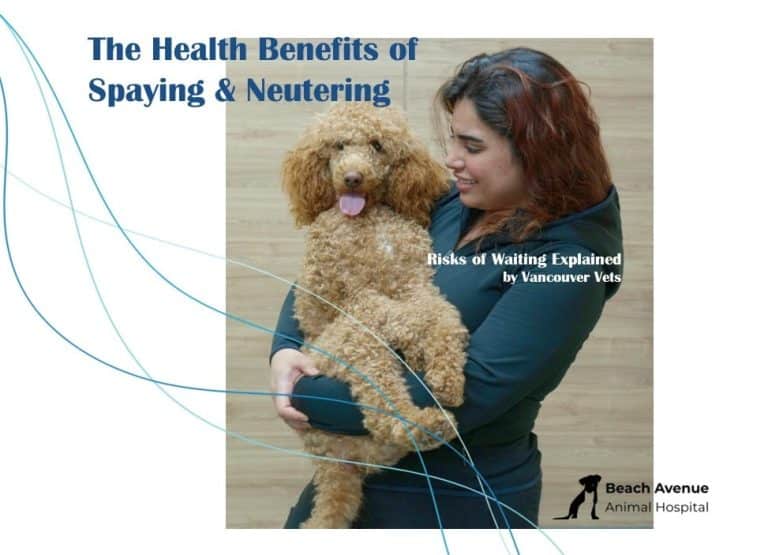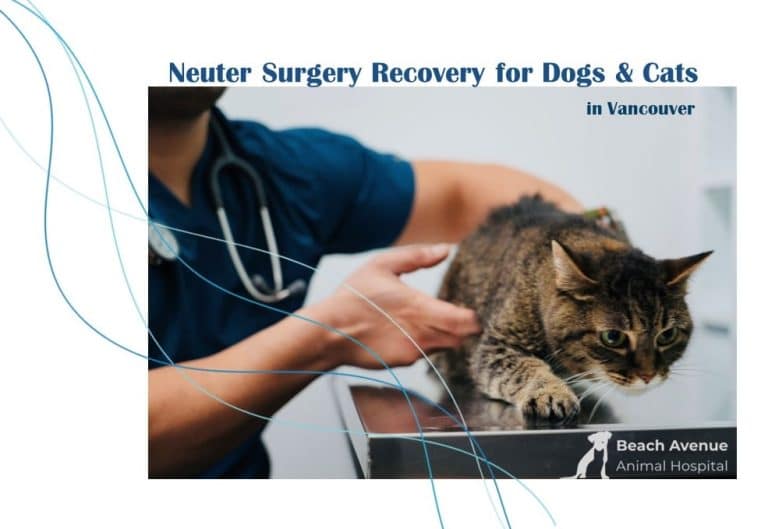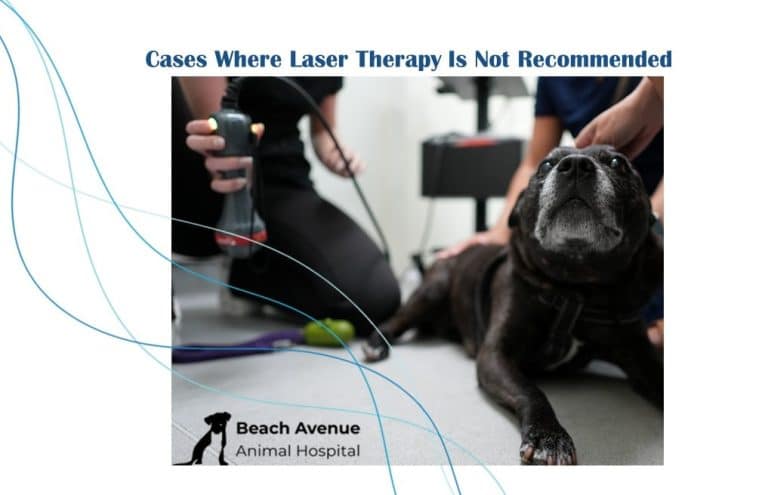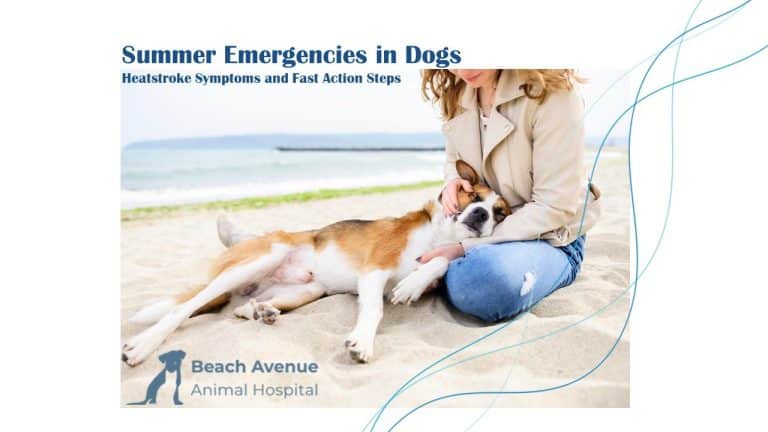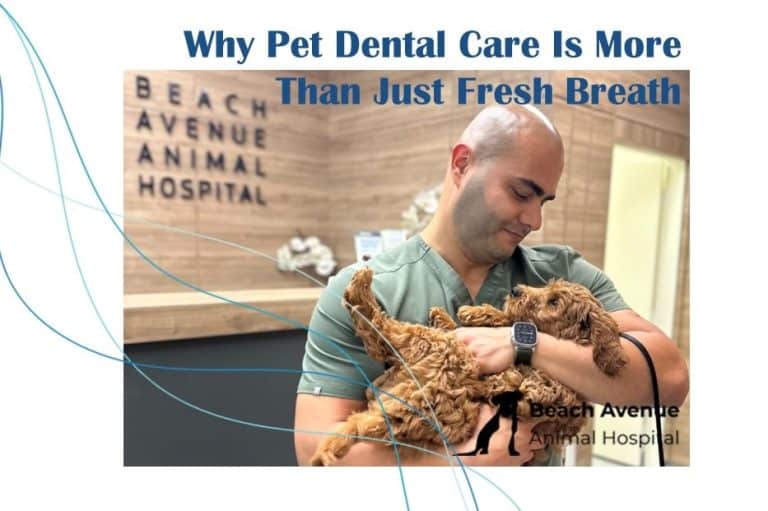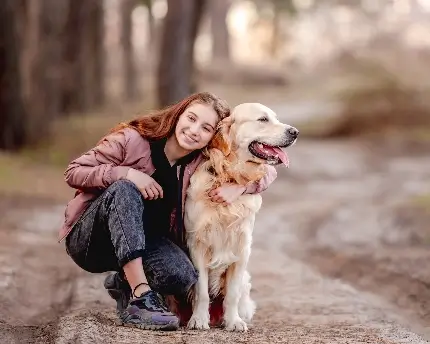Taking care of your dog’s dental health isn’t just about keeping their breath fresh—it’s about preventing pain, discomfort, and more serious health issues. You might be surprised to learn that dental problems in dogs are more common than you think. Recognizing the symptoms early can help you get your dog the care they need before the problem worsens. Here are seven key signs that your dog may have a dental issue.
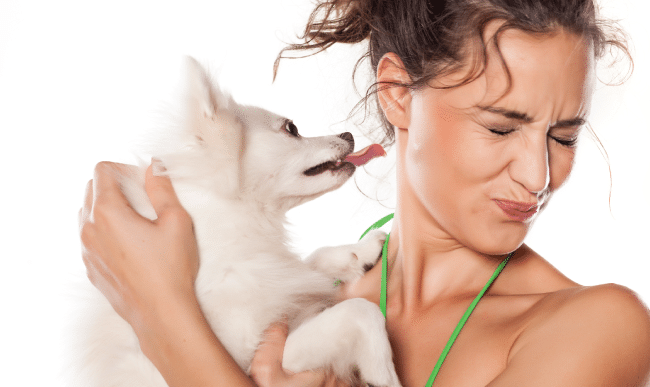
1. Bad Breath (Halitosis)
Bad breath is more than just unpleasant—it could be a sign of dental problems. If your dog’s breath smells foul, it’s time to take a closer look at their teeth and gums. Healthy dog breath should be relatively mild or neutral. Persistent bad breath often indicates issues like gum disease, tooth decay, or infection. Don’t wait for the odor to get worse—early intervention can prevent further complications.
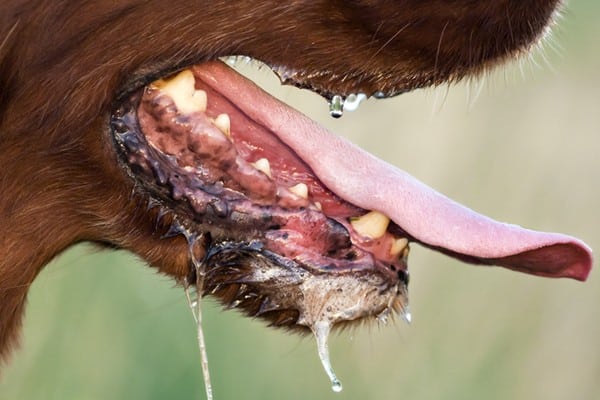
2. Excessive Drooling or Foaming at the Mouth
Excessive drooling is another clear sign that something might be wrong with your dog’s teeth. If your dog is drooling more than usual or showing foam around their mouth, they could be experiencing dental pain. Conditions like abscesses, infected teeth, or gum disease often lead to increased saliva production. If you notice this symptom, it’s best to consult your vet to determine the underlying cause and get your dog treated quickly.
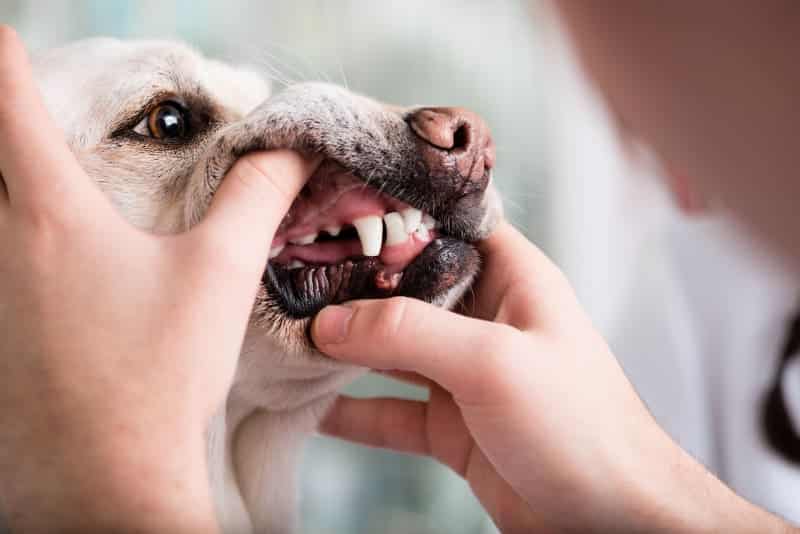
3. Difficulty Eating or Chewing
If your dog suddenly struggles to eat their food or avoids chewing on one side, this may be a sign that they’re in pain. Dogs with dental issues often shy away from hard food or chew their meals in a way that avoids putting pressure on a sore tooth. Whether it’s a cracked tooth, gum disease, or an abscess, discomfort while eating should be addressed by a vet. Don’t wait for your dog to lose weight or become malnourished—get them the care they need.
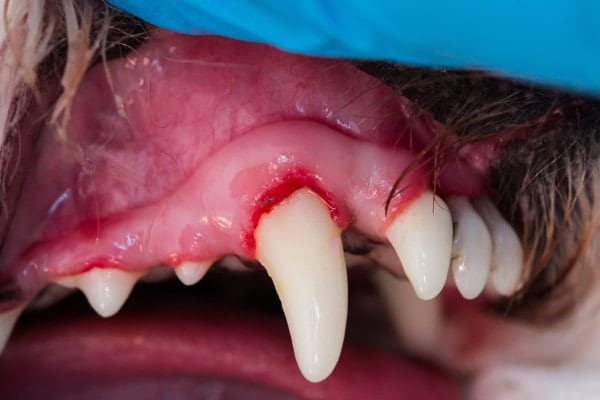
4. Red or Swollen Gums
Healthy gums should be pink, not red or inflamed. Swollen gums are usually a sign of gingivitis or periodontal disease. You may also notice that your dog’s gums bleed when you brush their teeth or if they chew on something hard. Gingivitis is common in dogs and can progress to more severe dental problems if left untreated. Regular dental check-ups and cleanings can help prevent this, but if you notice redness or swelling, a visit to the vet is a must.
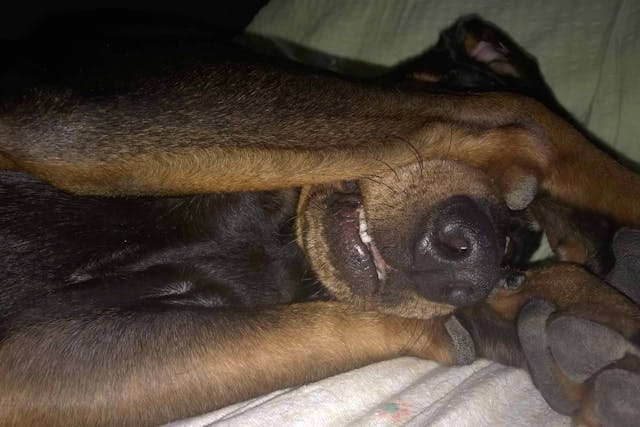
5. Pawing at the Mouth or Face
If your dog is constantly pawing at their mouth or face, it could be a sign of dental pain or discomfort. Dogs may scratch or rub their face to try to relieve the pressure from an aching tooth or gum infection. Pay attention to any unusual behavior, especially if it’s accompanied by other signs like drooling or difficulty eating. This behavior is a clear indication that your dog is trying to tell you something is wrong.
6. Loose or Missing Teeth
Loose or missing teeth, especially in adult dogs, are never a normal sign of aging. If your dog’s teeth are falling out or becoming loose, it likely indicates an advanced dental issue. This could be a result of severe gum disease, tooth decay, or trauma. You should never ignore this symptom, as it can cause your dog pain and lead to infections. If you notice loose or missing teeth, make an appointment with your vet as soon as possible.
7. Change in Behavior or Mood
Dental pain can affect your dog’s overall mood and behavior. If your usually playful, energetic dog suddenly becomes irritable, withdrawn, or lethargic, it could be because they are in pain. Dogs can’t tell us when they’re hurting, but they can show us through changes in behavior. If you notice a shift in your dog’s mood, especially if it’s accompanied by any of the other symptoms listed here, a dental problem may be to blame.
Conclusion
Dental issues in dogs are more common than many pet owners realize, and ignoring the symptoms can lead to serious health problems. If you notice any of these signs in your dog, don’t hesitate to consult a veterinarian. Regular check-ups and proper dental care are essential for keeping your dog’s teeth and gums healthy, and for preventing future issues. Your dog depends on you for their comfort—pay attention to these warning signs and take action when needed.
If you’re in Vancouver, you can visit our Pet Dentistry page today to schedule an appointment. At Beach Avenue Animal Hospital, we treat your pets with the utmost care and compassion, just like family. Let us help keep your furry friend’s smile bright and healthy!
FAQs
How do I know if my dog has a toothache?
Look for signs like drooling, difficulty eating, or pawing at the mouth. If they’re avoiding food or chewing on one side, it could be a toothache.
What are the signs of gum disease in dogs?
Gum disease often shows up as red, swollen gums, bad breath, and bleeding gums. Regular dental check-ups can help catch it early.
How can I tell if my dog’s teeth are hurting?
If your dog is drooling excessively, seems hesitant to eat, or changes their behavior, these are signs they may be in dental pain.
Why is my dog’s breath so bad?
Persistent bad breath could signal gum disease, tooth decay, or infections. It’s best to have your vet take a look.
Can dogs get cavities?
Yes, dogs can get cavities, though they’re less common than in humans. More often, dental problems in dogs are related to gum disease and tartar buildup.
What causes a dog to drool excessively?
Excessive drooling can be caused by tooth pain, gum disease, or infections. It’s a symptom that should be checked by a vet.
What should I do if my dog is losing teeth?
If your adult dog is losing teeth, this is not normal and requires immediate veterinary attention to prevent pain or infection.

